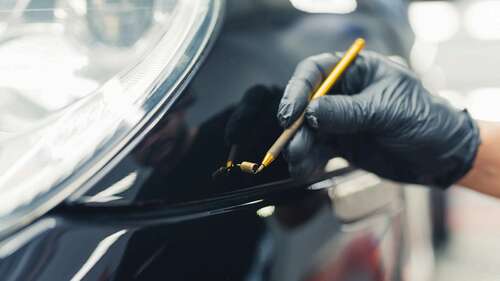
The most obvious way a car’s paint becomes chipped is due to accidents, whether on the road, in the parking lot, or at home. In fact, Crime Scene Investigator Network shares that paint chips are among the many types of evidence used in hit-and-run cases. In its Physical Evidence Bulletin [PDF], it mentions how you can physically match paint chips (and other vehicle body parts) with suspect vehicles, confirming that it’s possible to obtain the make, model, and year of a vehicle from paint transfer.
Depending on the degree of chip damage from the accident, you may need to pay for professional repair, which can be quite expensive. However, if you’ve been keeping up with your insurance payments, you may not have to spend all out of pocket. Because of this, it’s important to make sure that you understand your car coverage and what’s excluded. Some common exclusions in car insurance include wear and tear, mechanical failures, and manufacturing defects.
If your car paint chips due to a hit-and-run case, Crime Scene Investigator Network recommends collecting evidence, such as photographing all areas showing fresh damage on the involved vehicles and collecting samples, which are kept in separate containers. If possible, you may also want to compile any video from your car’s dashboard camera or CCTV cameras within the vicinity. With the proper documentation, you can make the process of collision insurance claims less stressful.

